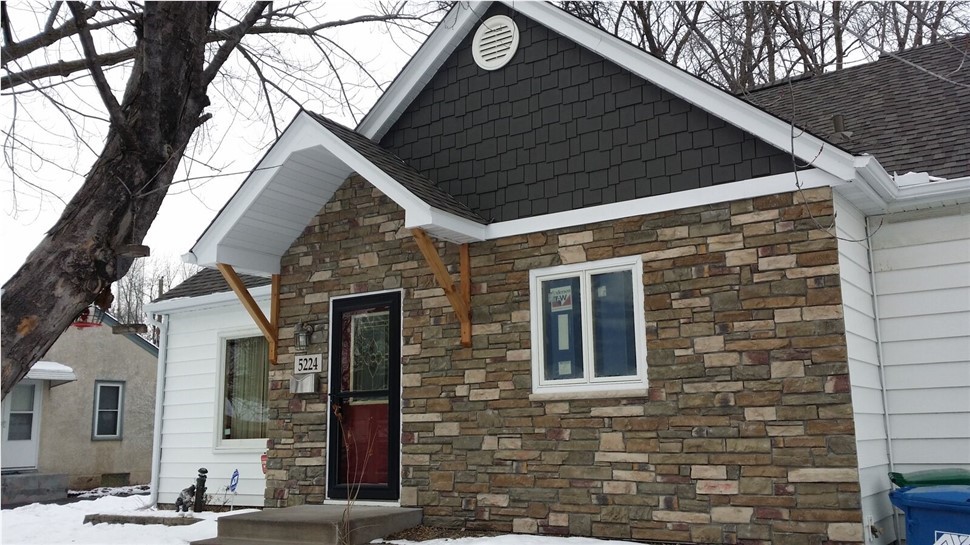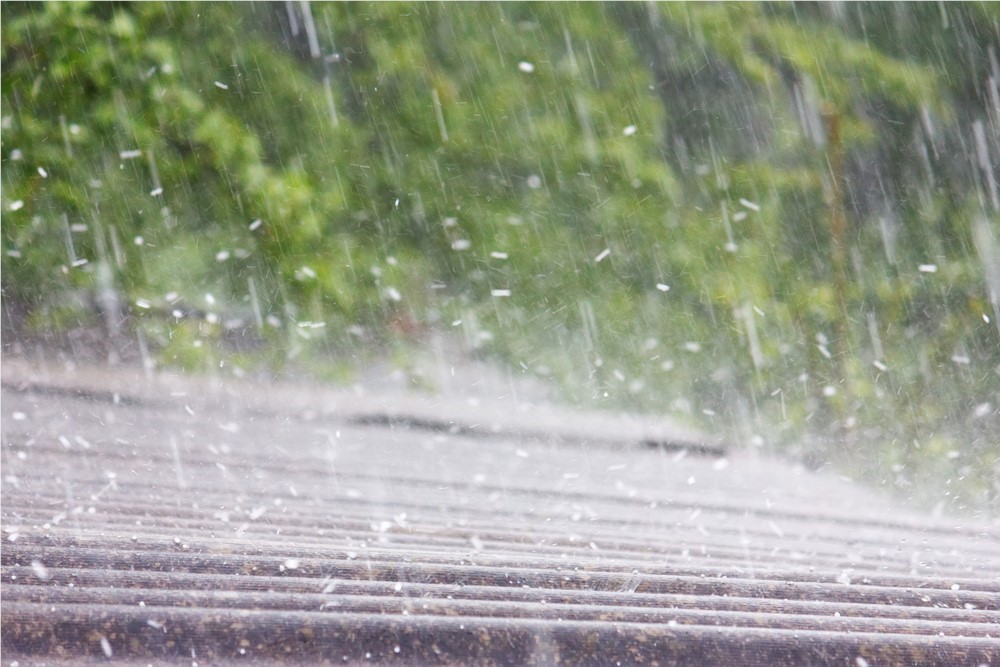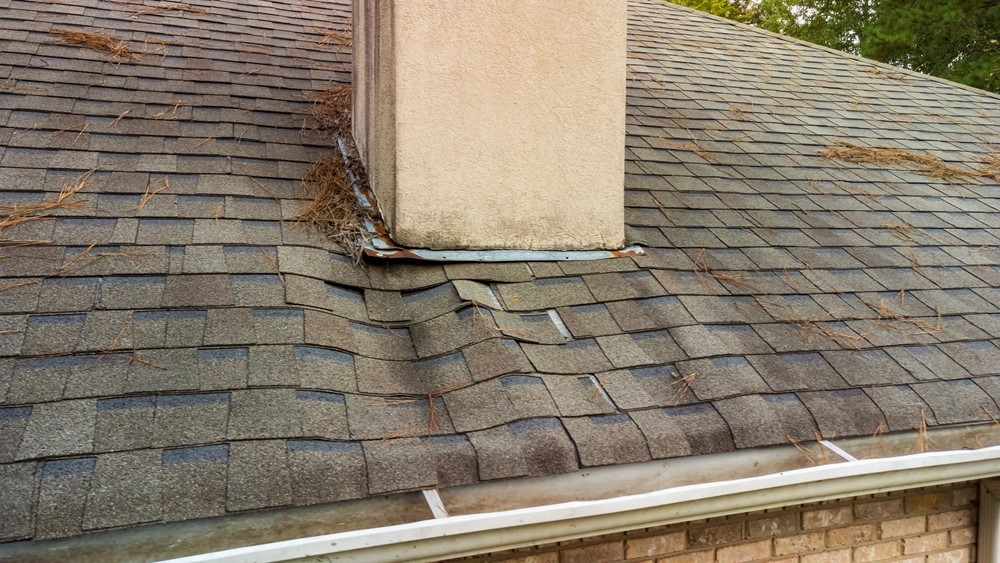Have you noticed how many older homes around the Twin Cities area have stucco exteriors? Stucco made its appearance in the 1920s as a relatively cheap way to protect a home. What drove this trend? First, it was readily available. Second, it worked well with the Spanish revival style architecture that became popular in the early 20th century. And it had a resurgence of popularity in the southwestern US in the 1970s because it was a more economical alternative to adobe. But in our climate, stucco definitely has its drawbacks. Our suggestion? Before your stucco completely fails, switch to seamless steel siding instead.  Drawbacks of Stucco While popular, stucco finishes have their drawbacks.
Drawbacks of Stucco While popular, stucco finishes have their drawbacks.
 Drawbacks of Stucco While popular, stucco finishes have their drawbacks.
Drawbacks of Stucco While popular, stucco finishes have their drawbacks. - Masonry skills like stucco and plaster are vanishing, and it's very difficult to find a contractor who has the expertise to make repairs. Stucco is labor-intensive, and therefore repairs can be costly, if you can find a concrete contractor who can handle it. Because of this, many homeowners have resorted to DIY repairs such as caulking cracks. That keeps out the water, but it leads to unsightly lines of different material. A large patch requires basically the same type of work as applying new stucco, and it is difficult to get match to the surrounding texture.
- Stucco can crack easily if your home is in an area where there are frequent shifts in soil. Our freeze-and-thaw cycle here in Minnesota can cause that. Impacts from hail will also cause cracks.
- Stucco's color originally comes from what is mixed in when it was applied. You can paint in, but it's not recommended. Paint doesn't adhere well and will peel easily. Paint must be redone every couple of years, and patching to get a color match is difficult.
- Stucco also requires a lot of maintenance to keep it intact and looking good. It is recommended that you inspect it on a regular basis and immediately fill in any cracks you might find. Those cracks - even the hairline ones - will lead to water infiltration and deterioration of both the stucco and the underlying structure. Because stucco can be easily damaged, keeping it clean can be a challenge. Nothing other than rising with a gentle stream of water via a garden hose is recommended. Stucco SHOULD NOT be pressure washed. Stucco is porous and will absorb moisture. But it's also very inflexible, and if that moisture freezes, cracking and crumbling can result.
Quarve Contracting, Inc. is a licensed Minnesota siding company, and seamless steel siding is our specialty.
Subscribe to Quarve Contracting's Blog







Comments